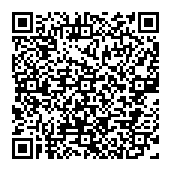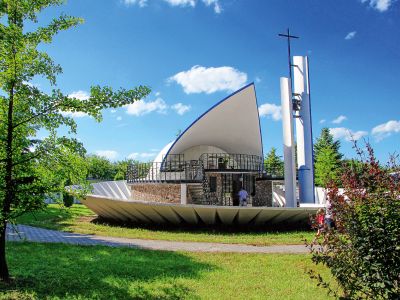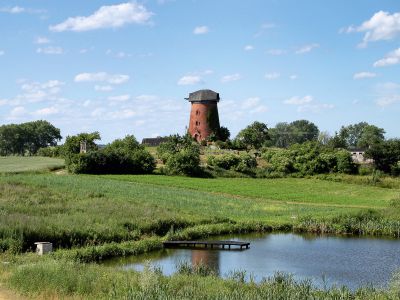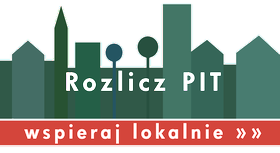Miasto i Gmina Gniew
Menu witryny
Treść strony
Piaseczno
The first mention of Piaseczno appeared in the middle of the XIV century. The village and parish were founded by the Teutonic Knights, who were spreading the cult of the Virgin Mary and thus they built the magnificent temple and made this town famous forever. The knights finished the construction of the church in 1348, when Henryk Dusemer was the great master of the Teutonic Knights – what is commemorated by the Old Germanic inscription outside the church.
During the Swedish wars the temple was seriously damaged. Its restoration was performed by the king Jan III Sobieski – the governor of Gniew. In the middle of the XVIII century, to the growing number of the incoming pilgrims, two baroque chapels were added to the existing church: St. Joseph and Our Lady of Carmel. The rococo equipment of the temple comes from this period – altars, confessionals, choir balustrade and baptismal font and pulpit. The main altar has got the statue of Our Lady of Piaseczno. It is this fourteenth century statue that is the “magnet” attracting numerous pilgrims to Piaseczno. According to traditions, the first revelation and the miracle took place in the XIV century. Then, the “Beautiful Lady” appeared to the paralysed son of a tar producer, healing him. The news about this meant that the unknown artist made a sculpture of the linden wood illustrating Mary holding the baby Jesus on her right arm.
This beautiful statue is kept in the local parish in the main altar and it has given its numerous graces to the ones in need. The coronation of Our Lady of Piaseczno with the papal crowns was made on September 8, 1968, by the ten Cardinal of Cracow, Karol Wojtyła, while in 1978 Pope Paul V gave the ecumenical title of the “Mother of Unity” to the statue famous for its grace. A short distance from the church, on the site of the first apparition of Our Lady, there is a well, which water is considered to be miraculous. Piaseczno is also a traditional place for pilgrimage of the Pomerania.
The Main, also known as the Great Indulgence of the Nativity of the Blessed Virgin Mary, always starts on Sunday, September 8, or on the first one after this date, and it has attracted crowds of pilgrims for ages.
Piaseczno is a village, where in 1862 the first Polish Association of Estates was formed – the Agricultural Society. Juliusz Kraziewicz was its founder. In order to commemorate this event and the person of the founder, 1966 the memorial room was formed here, currently the Department of the Museum of History of the Polish Peasant Movement in Warsaw. It contains the mini museum of old farm machinery and agricultural devices, the permanent exhibition illustrating the history of agricultural societies, as well as the collection of ethnographic exhibits from Kociewo and Pomerania collected in the Cottage of Kociewo reconstructed according to the tradition. Piaseczno owes its fame also to the Reviews of the Folklore Bands from Kociewo and Pomerania taking place here since 1993. Every year, in August, dozens of teams from Pomerania meet on the stage located near the “Well”, and they enchant the audience with the wealth of folklore for two days.
Polecamy
Dofinansowanie
Strona sfinansowana została ze środków Ministerstwa Administracji i Cyfryzacji, w ramach konkursu na budowę strony internetowej oraz dostosowanie jej do potrzeb osób niepełnosprawnych.
Kontakt

Urząd Miasta i Gminy Gniew
Plac Grunwaldzki 1, 83-140 Gniew
pon., wt., czw. 7.30-15.30
śr. 7.30-17.00
pt. 7.30-14.00
tel. 58 530 79 19;
fax 58 530 79 40
e-mail: sekretariat@gniew.pl
DANE DO FAKTURY
Gmina Gniew
NIP 593 10 05 516
REGON 191675296
Adres Elektronicznej Skrzynki Podawczej: /34gu04waml/skrytka






























